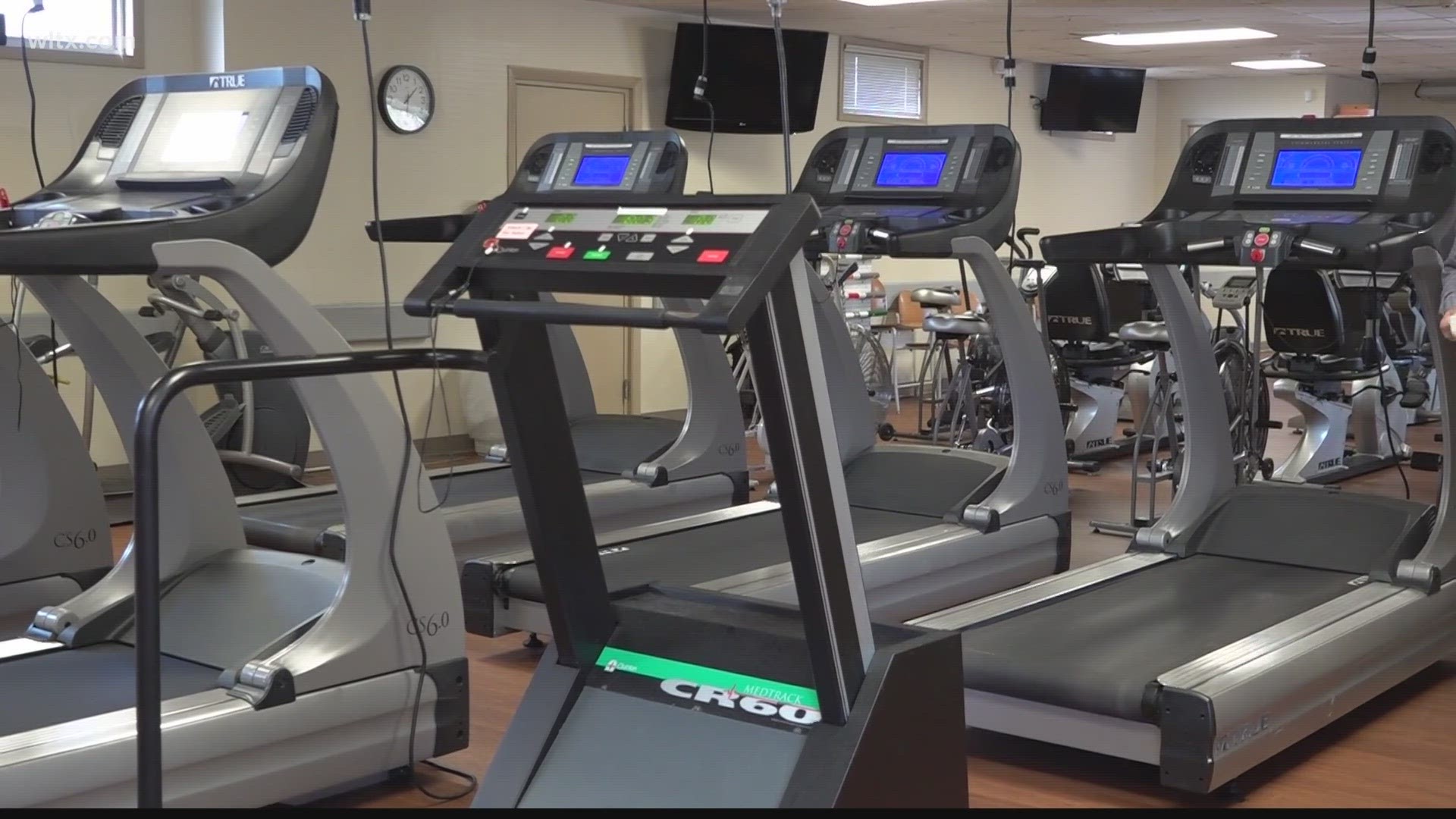WEST COLUMBIA, S.C. — Every 3-½ minutes, someone dies of a stroke. It's the 5th leading cause of death in the U.S. and the leading cause of disability. As part of what's known as the "stroke belt," South Carolina has one of the country's highest stroke rates. Recognizing the signs of a stroke could save your life – or the life of someone you love.
Stroke can occur at any age, but the risk of stroke increases with age. According to the American Stroke Association, the risk of stroke more than doubles each decade after the age of 55. However, strokes can also occur in younger people, including children and even infants, although this is less common.
There are two types of stroke: hemorrhagic and ischemic stroke. Hemorrhagic stroke occurs when a blood vessel in the brain ruptures and bleeds into the surrounding tissue, causing damage to the brain cells. This type of stroke is often caused by high blood pressure, aneurysms, or arteriovenous malformations (AVMs). Symptoms of hemorrhagic stroke may include sudden onset of a severe headache, nausea, vomiting, seizures, and weakness or numbness in the face, arm, or leg on one side of the body.
Ischemic stroke, on the other hand, occurs when there is a blockage to one of the blood vessels in the brain, cutting off blood flow and oxygen to the affected area. This type of stroke is more common than hemorrhagic stroke and is often caused by atherosclerosis, or the buildup of fatty deposits in the arteries. Symptoms of ischemic stroke may include sudden weakness or numbness on one side of the body, difficulty speaking or understanding speech, and sudden vision changes.
It is critical to seek emergency care immediately for a stroke. Here are the signs you should look for:
If someone is experiencing any of these stroke symptoms, call 9-1-1 immediately.
To ensure patients have the best possible outcomes, Lexington Medical Center offers the latest advances in stroke care, including the ability to perform mechanical endovascular reperfusion therapy for ischemic stroke. During this procedure, interventional radiologists access a patient's femoral artery and guide microcatheters into the brain to retrieve clots.
Through innovative collaboration between EMS and the Emergency and Interventional Radiology departments, Lexington Medical Center provides life-saving treatment for these time-sensitive emergencies.



